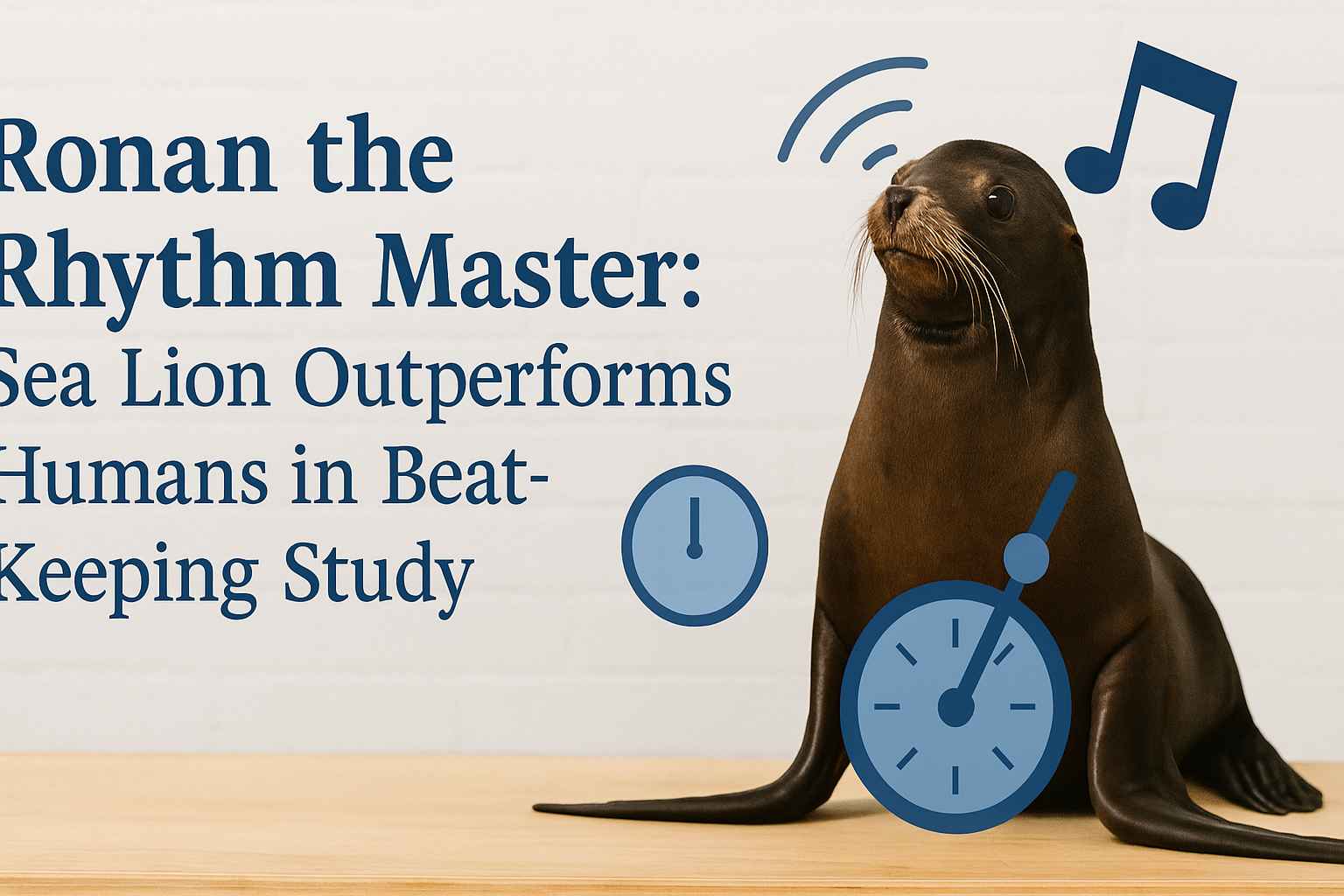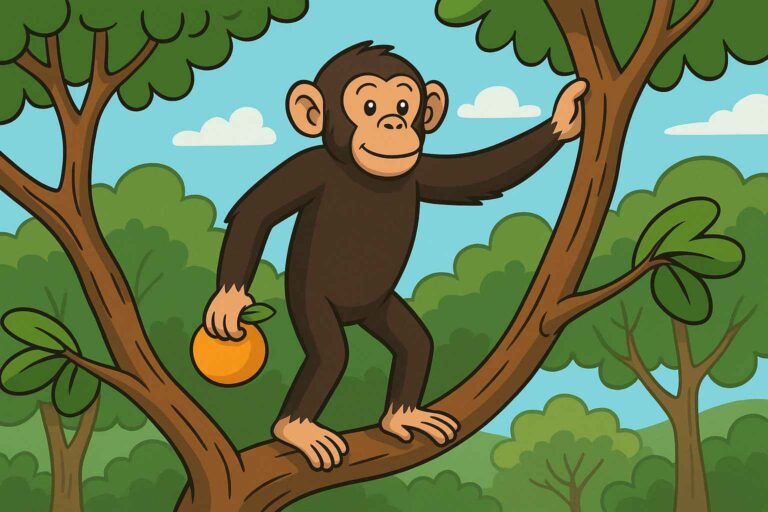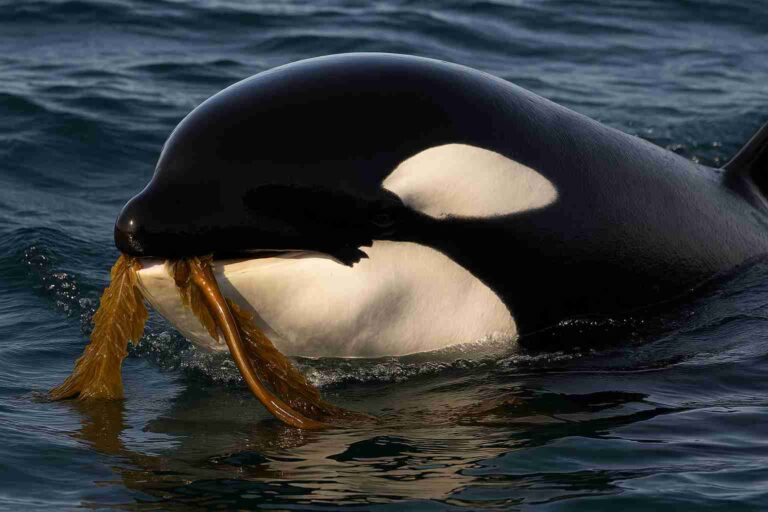
Meet Ronan—a 16-year-old California sea lion who’s not just adorable, but musically gifted. In a new study from UC Santa Cruz, she’s proven once again that she can keep a beat with stunning precision—even better than most humans.
This marine mammal is challenging everything we thought we knew about rhythm, music, and animal cognition.
🧠 What Is Biomusicality—and Why Does Ronan Matter?
Biomusicality is the study of whether animals can understand and respond to music. It’s a field where biology meets psychology, asking deep questions like: Can animals feel rhythm? Do they “hear” music like we do?
Until recently, scientists thought only animals that could mimic human sounds—like parrots or humans—were capable of syncing their movements to a beat. Ronan, however, has shattered that theory.
🦭 A Sea Lion With Serious Moves
Ronan rose to fame in 2013 when researchers at UC Santa Cruz discovered she could bob her head in time with music—even to new tempos she’d never heard before. That alone was a breakthrough. But now, in a new study published in Scientific Reports, Ronan has taken things to a whole new level.
This time, her rhythm was put to the test against 10 human volunteers, and the results? She matched or beat them in rhythmic precision and consistency.
At her most practiced tempo—120 beats per minute—Ronan hit the beat within 15 milliseconds on average. That’s about a tenth of the time it takes for a human eye to blink. Talk about perfect timing!
🗣️ “She’s basically hitting the rhythmic bullseye over and over again,” said lead researcher Peter Cook, a neuroscientist at UC Santa Cruz and the New College of Florida.
🎧 The Beat Test: Ronan vs. Humans
To compare apples to apples, the team asked human participants to move their arms up and down in rhythm with a metronome. Ronan, naturally, stuck to her head-bobbing groove. They tested three different tempos: 112, 120, and 128 BPM.
Even though Ronan had never practiced the two new tempos, she adapted quickly. In every case, her rhythm was not only accurate—it was more consistent than the human participants.
In fact, based on modeled data comparing Ronan to 10,000 simulated human performers, she placed in the 99th percentile. Yes, she’s literally one in a hundred (or more).
🧪 Science Meets Compassion
Ronan’s training is entirely voluntary. She decides whether to participate and can walk away at any time. No punishments, no stress—just positive reinforcement (and a few fishy treats).
When she’s ready, she climbs a ramp, gets into position, and signals she’s good to go. If she’s not in the mood? No problem—she returns to her pool.
🐟 “She’s motivated. To her, it’s a game she knows how to win,” said researcher Colleen Reichmuth. “And she likes the fish that come with it.”
📚 From Stranded Pup to Scientific Star
Ronan’s story started in the wild. Born in 2008, she was rescued after multiple strandings and eventually became a permanent resident at UC Santa Cruz’s Pinniped Lab in 2010.
She’s since taken part in over 2,000 rhythm exercises—each just 10 to 15 seconds long—and many years went by where she worked on completely different studies. That makes her rhythm skills even more impressive.
Researchers point out she’s had far less exposure to music than a typical human toddler. Still, her brain has adapted, learned, and improved over time.
🧩 Redefining What Animals Can Do
Ronan’s achievements challenge the long-standing theory that only vocal-learning species (like parrots and humans) can perceive rhythm. Sea lions don’t learn new vocalizations—yet here’s Ronan, bopping in time like a pro.
This research not only shows that rhythm perception might be more widespread than we thought—it also pushes the boundaries of what animal brains are capable of. It opens new doors in the study of comparative cognition—how different species perceive, process, and learn.
🐶 So… Can Dogs Dance?
One common question the researchers get: “Why can’t dogs do this?”
Peter Cook flips that question. “How many people actually try to train a dog with rhythm-based tasks?” he asks. “If you gave a smart breed like a border collie enough time and feedback, I wouldn’t be surprised if it could do something similar to Ronan.”
🧠 Final Takeaway
This isn’t just a story about a sea lion bobbing her head. It’s about how experience, training, and maturity can shape cognition—even in animals. Ronan’s work could inspire future studies across species, helping us understand how brains recognize patterns, process sound, and even “feel the beat.”
And as she continues her journey, Ronan proves one thing for sure:
🎵 Sometimes the smartest dancer in the room doesn’t stand on two legs.






